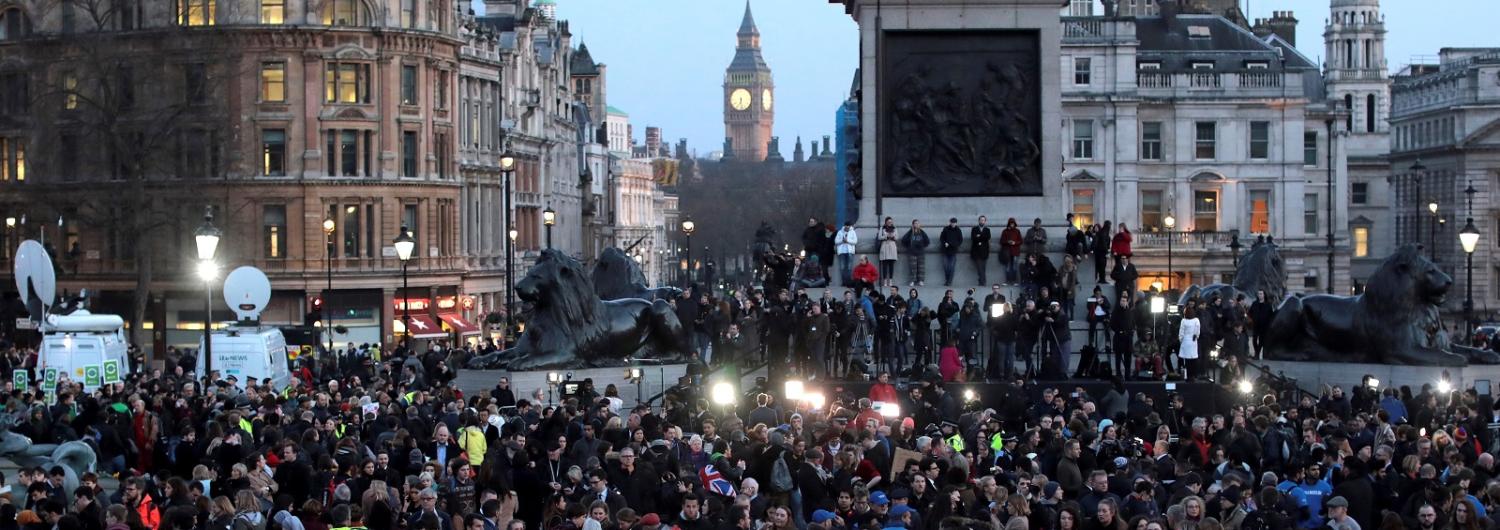Yesterday’s tragic attack in London was both predictable and widely predicted.
Since August 2014, the UK terror threat level has been 'severe', meaning that an attack is highly likely. The UK Government had repeatedly and very publicly warned of the likelihood of a terror attack, while preventing at least a dozen attacks over the last year alone. And a series of similarly low tech attacks across Europe over the past 12 months highlighted the deadliness of this attack methodology. This attack had been imminent for quite some time, postponed by the best efforts of the UK authorities.
And yet, the target and timing of the attack resonated. This was an attack in the heart of London at the home of British politics. With much of the UK media in attendance, news coverage was instantaneous and comprehensive.
What was immediately evident was that while the attack came as a surprise, UK authorities and emergency services were well-drilled and well-prepared. Carefully worded statements were quickly released to the media. Transport plans kicked in, minimising disruption across the capital. And most obviously, the attacker was swiftly incapacitated. By early evening, a visitor would have found little out of the ordinary beyond an increased police presence, frequent sirens and temporary cordons around Westminster.
This return to normality is a reminder that for all of the shock of yesterday's attack, London (and parliament) has been here before. The terrorist threat to the UK did not begin with 9/11. And this message of resilience has been central to the UK Government response over the past 24 hours. Government statements have been measured, avoided speculation, and kept to a minimum; they have informed but not inflamed.
As details about the identity of the attacker emerged, Home Secretary Amber Rudd was clear on the need for a careful response. That the attacker was 'on the radar' of MI5 should not necessitate criticism or the search for a scapegoat. But neither should it lead to increases in the resources or powers of UK agencies. Or to radical shifts in UK Government policy.
The UK is a global leader in countering the current threat. It has newly declared and expanded surveillance powers; intelligence agency funding has been increased to record levels; and despite continued concerns over the negative impact of the 'Prevent' counter-radicalisation policy, few countries operate such programs at this scale or with any track record of success.
In this context, it is understandable that familiar questions should surface. How could an individual with a criminal record, history of violence and previous links to a counter-terrorism investigation be allowed to carry out an attack?
As Rudd and Theresa May’s statements made clear, this profile was insufficient for the attacker to feature in MI5's list of around 3000 individuals currently under investigation. Counter-terrorism is all about relativity - based on what we know, what threat does this individual pose relative to those currently under investigation?
At this stage, it doesn't appear that MI5 erred due to a failure to connect the dots, or because of insufficient resources (as has been the case elsewhere in Europe). This was a judgement call, seemingly made several years ago. And there is nothing yet to suggest that this decision was incorrect at the time it was taken.
If the target, attack methodology, and connections to criminality seem to fit a familiar pattern from recent attacks in the West, so too does the nationality of the attacker. Despite the opportunistic hopes of the far right, the attacker was a UK-born national, not a recent migrant or individual who had returned from Syria through the EU's 'open' borders.
With the arrival of a claim of responsibility by ISIS this afternoon, it has become increasingly clear that the London attack represents a continuation of existing trends; for all of its tragic impact, it does not mark a significant change in the current UK threat picture.
The UK is rightly acknowledged as a world leader in the fight against terrorism. As the impressive tally of arrests and disrupted plots indicate, the 'pursue' element of the UK's strategy is working well. Similarly, yesterday's response shows that UK authorities are resourced and ready to respond to attacks of this nature.
In counter-terrorism, any attack is one too many. But based on the pattern that has emerged so far, there is nothing to suggest that yesterday's attack should prompt any wholesale changes to the UK's counter-terrorism approach.

